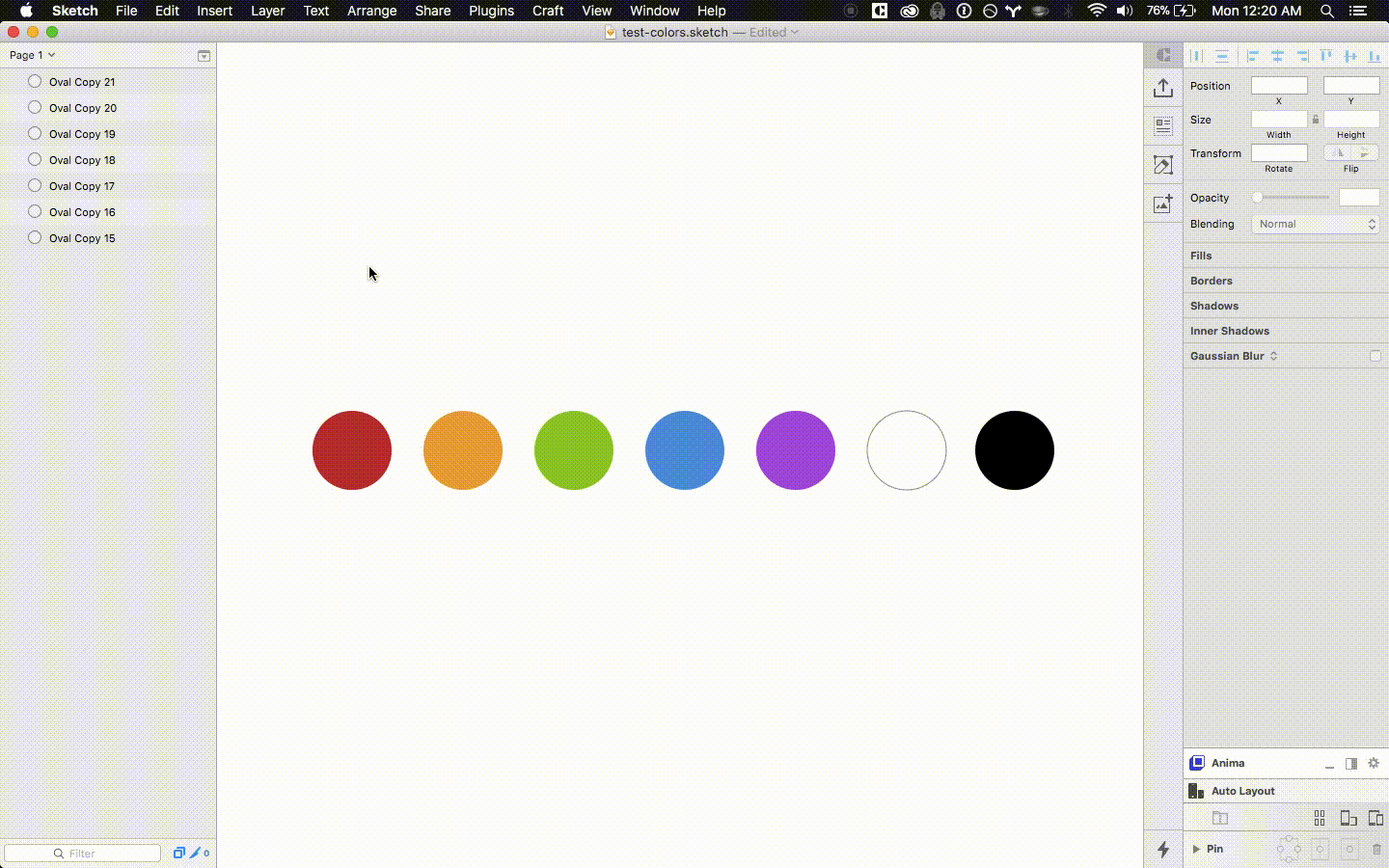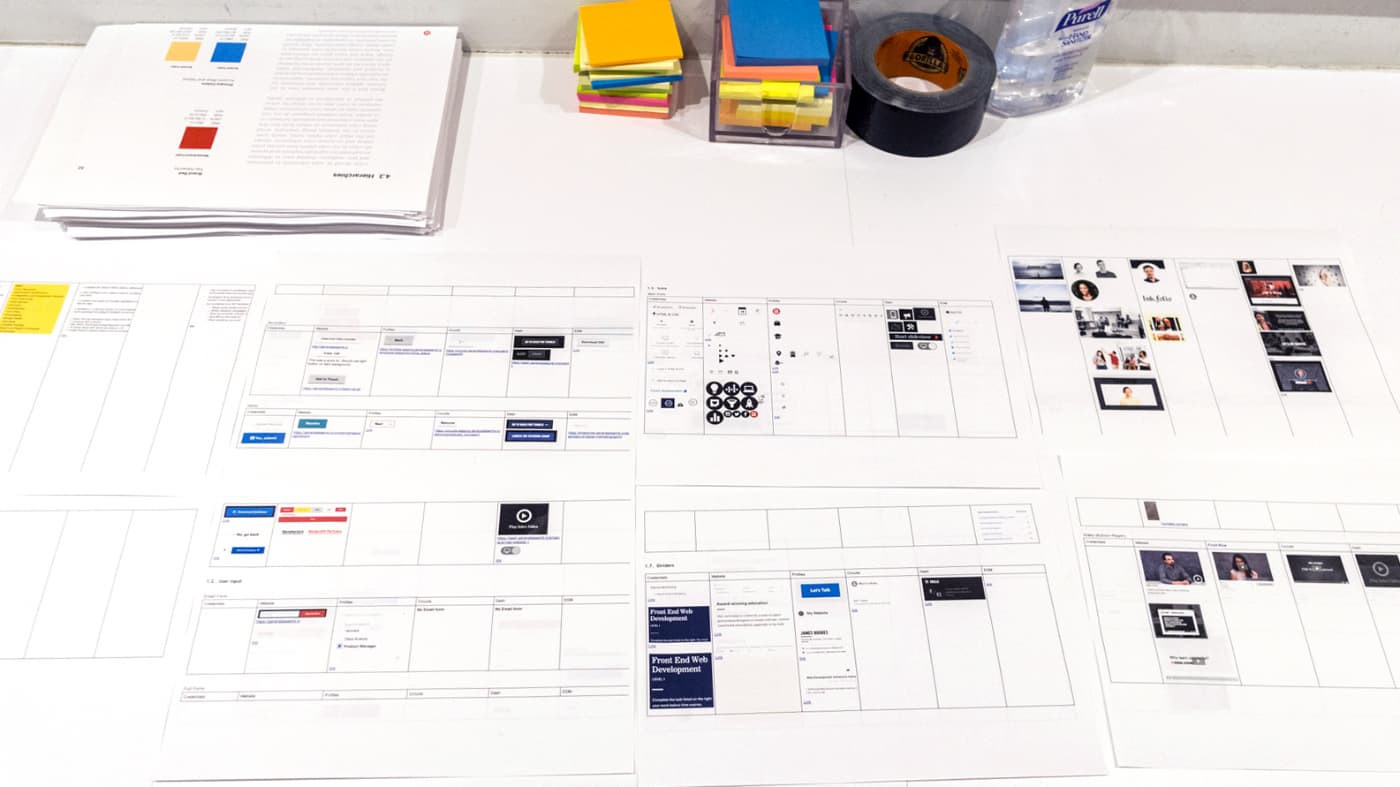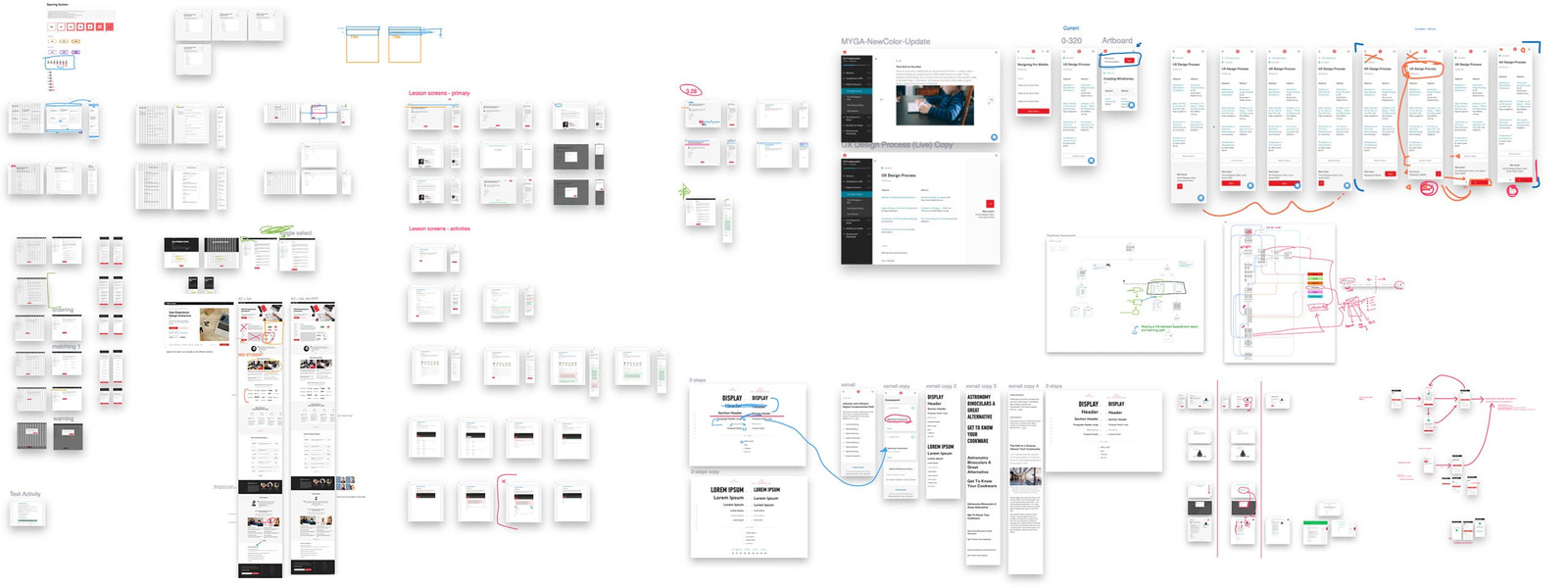WCAG 2.0 AA Accessibility Compliance
"You can’t innovate on products without first innovating the way you build them. – Karri Saarinen"
The Road to Compliance
Accessibility, or the practice of making experiences usable by as many people as possible, is a key priority for General Assembly (GA), where serving “everyone, everywhere” is part of the vision, and inclusivity is a core part of the culture.
While working on the Design System at General Assembly, a main focus of ours was to adhere to the Web Content Accessibility Guidelines (WCAG) guidelines. We first had to reevaluate how we build software, and how to ensure accessibility best practices and compliance were first class.
This required us to rethink established brand norms such as color pairing and legibility, as well as interaction design.
WCAG AA
We were determined to rebuild our experiences to meet all WCAG AA compliance requirements, with plans to create a AAA experience version in the future.
AA Guideline Summary
Expectations we must meet:
- Video Transcripts
- Video Captions
- Color Contrast
- Don't rely solely on color for distinction
- Clear Error States
- Text Size
- No Images of text
- Aria Labeling
- Focusability
- ...
But first, an audit...
The first step in improving accessibility is most definitely to conduct an audit of your ecosystem as it stands.
Audit of existing experiences
Audit of various critical flows
We spent many months taking stock of just about every screen, button, icon, and user touchpoint.
Some tools we used
Sketch WCAG Plugin
A custom Sketch plugin I created to help us test all possible permutations (foreground color, background color, and font-sizes) from our design system all at once against the WCAG 2.0 contrast guidelines.

Conclusion
There is always room to improve, and to strive for more than just compliance. With this pass we greatly increased our compliance footprint, but have a long road ahead such as improving screen-reader audible output while "flipping" through content in our LMS.
This type of project is not only ethically moral, but also makes sense from a business point of view. Some of GA's B2B Fortune 500 corporate clients have asked about accessibility compliance and require audits in sales conversations. If those conversations go south, and/or we can't show our dedication to this challenge, a potential for millions in revenue could go with it.

